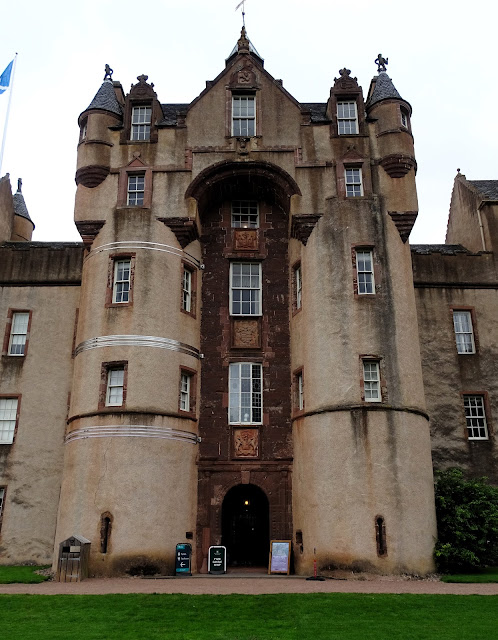
EDINBURGH REVEALED Edinburgh, the capital of Scotland, is a fantastic blend of old and new. Old Town has cobbled closes (alleyways), narrow stairways, and curving steep streets such as the Royal Mile connecting the Palace of Holyroodhouse, which lies in the shadow of Arthur's Seat, the extinct volcano, up to the incredible Edinburgh Castle, used as the royal residency for Scottish monarchs, a fortress for armies, and a prison for pirates and POWs. Nearby is St. Margaret's Chapel, the oldest surviving building dating back to the 12th century. The well-organized New Town, a UNESCO World Heritage Site located in the central area of Edinburgh, has neoclassical buildings dating from the 18th and 19th centuries. There are Georgian townhouses, broad avenues, open squares, chain stores on Princes Street, upscale boutiques on and around George Street, chic hotel bars, and atmospheric cocktail lounges. Ross Fountain in Princes Street Gardens with Edinburgh Castle in the background. Prin

